HMS MAJESTIC FOTOĞRAFLAR
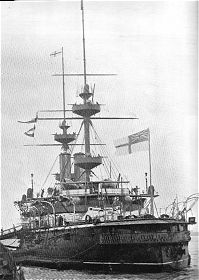

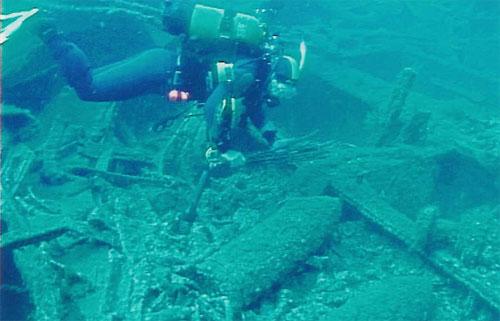
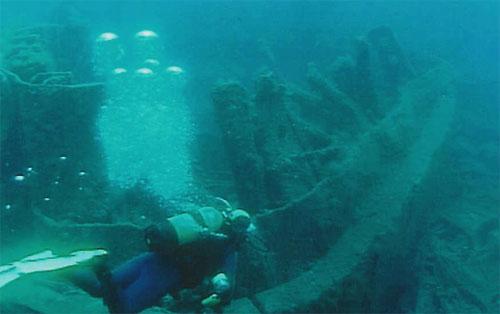
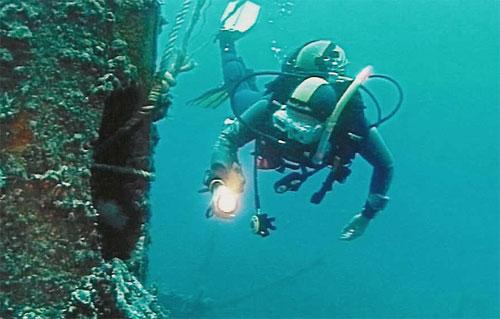
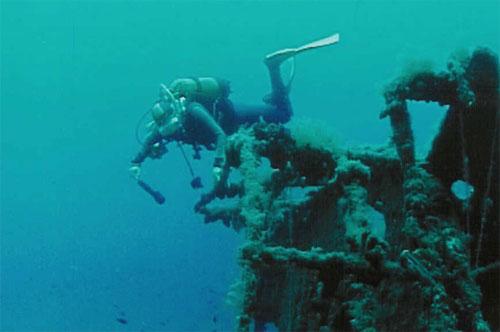
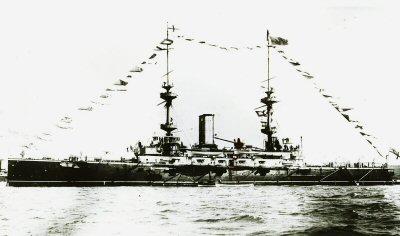
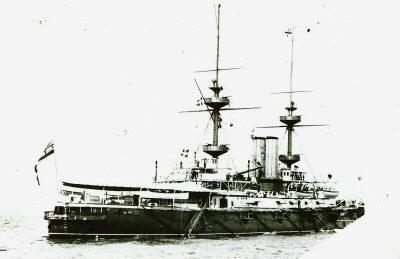
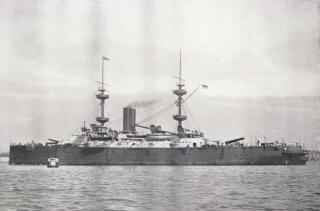
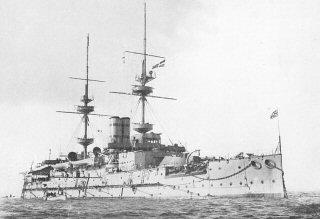
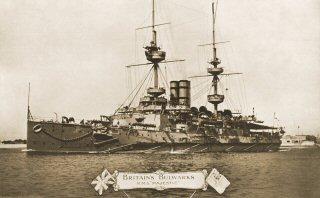


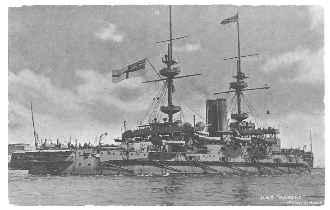
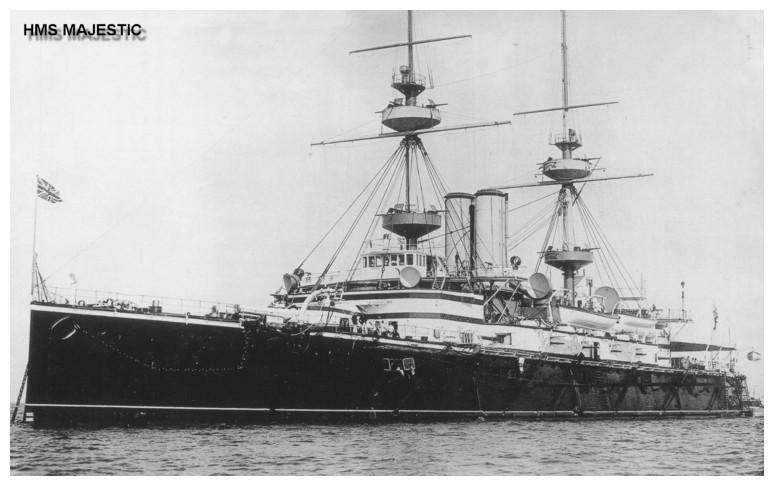
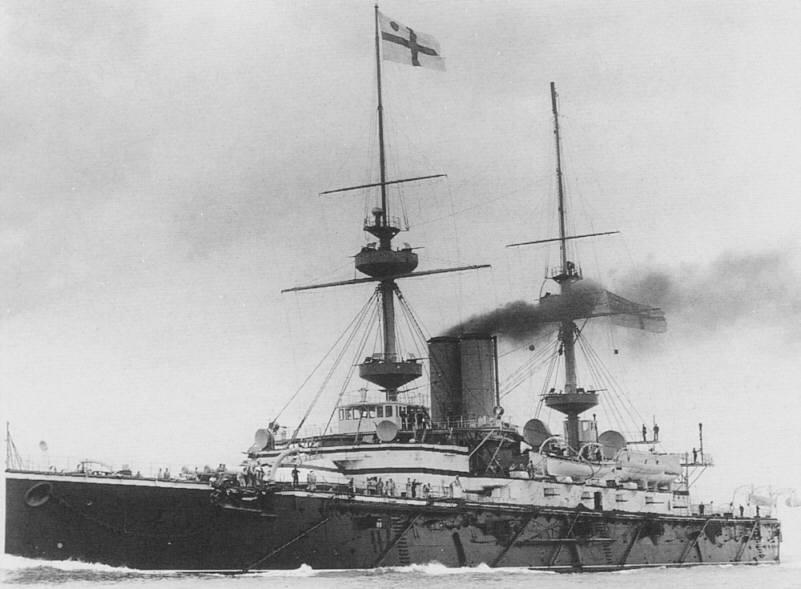
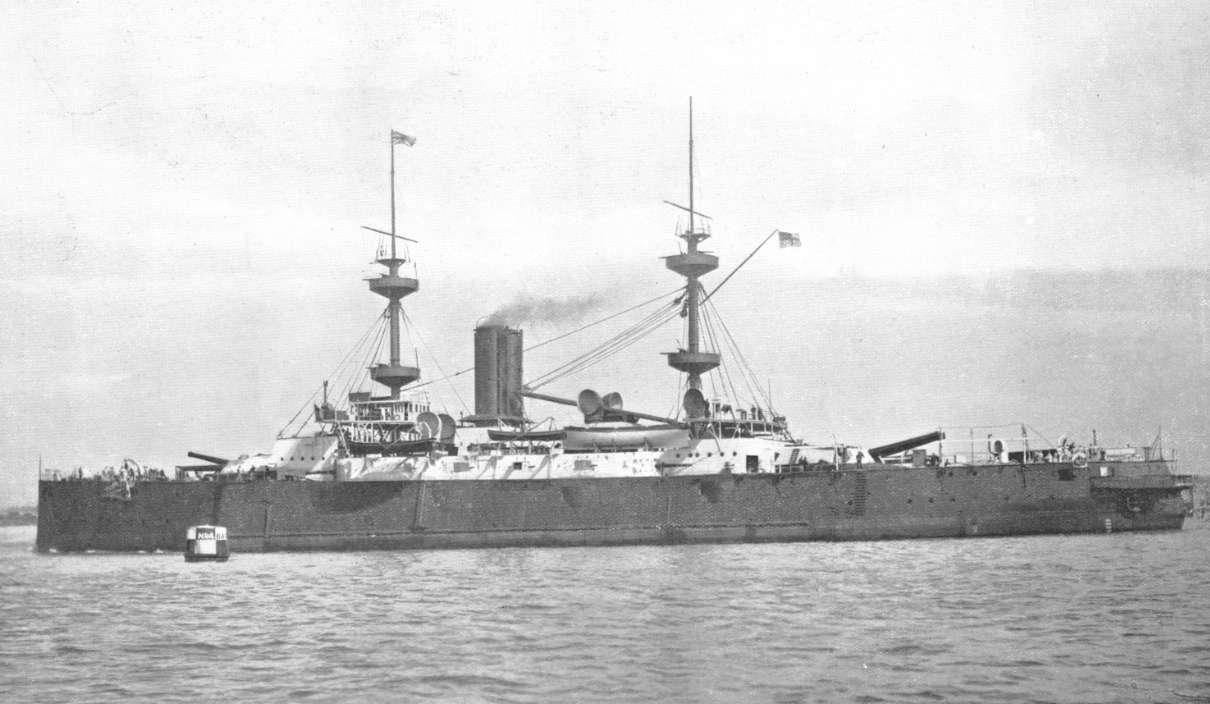
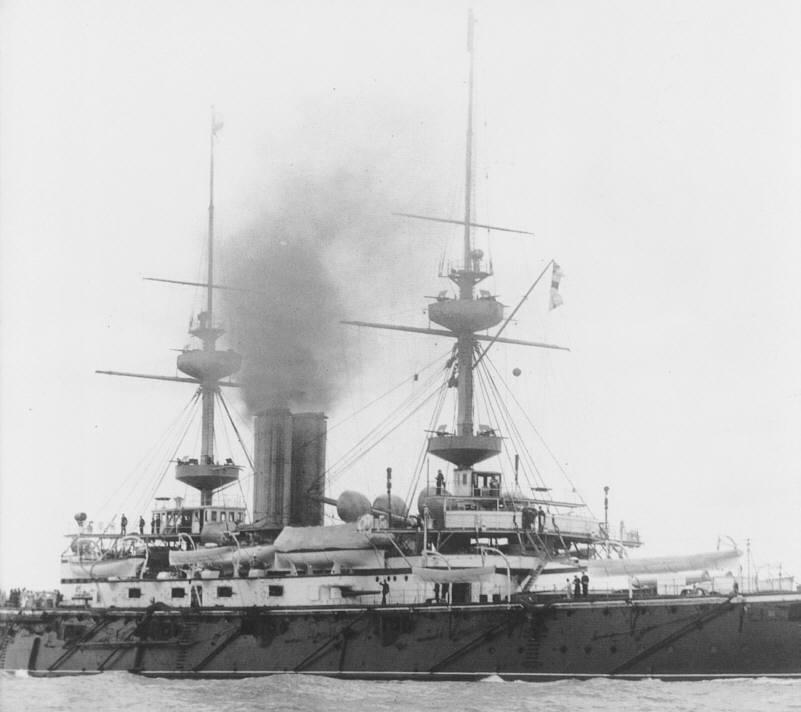
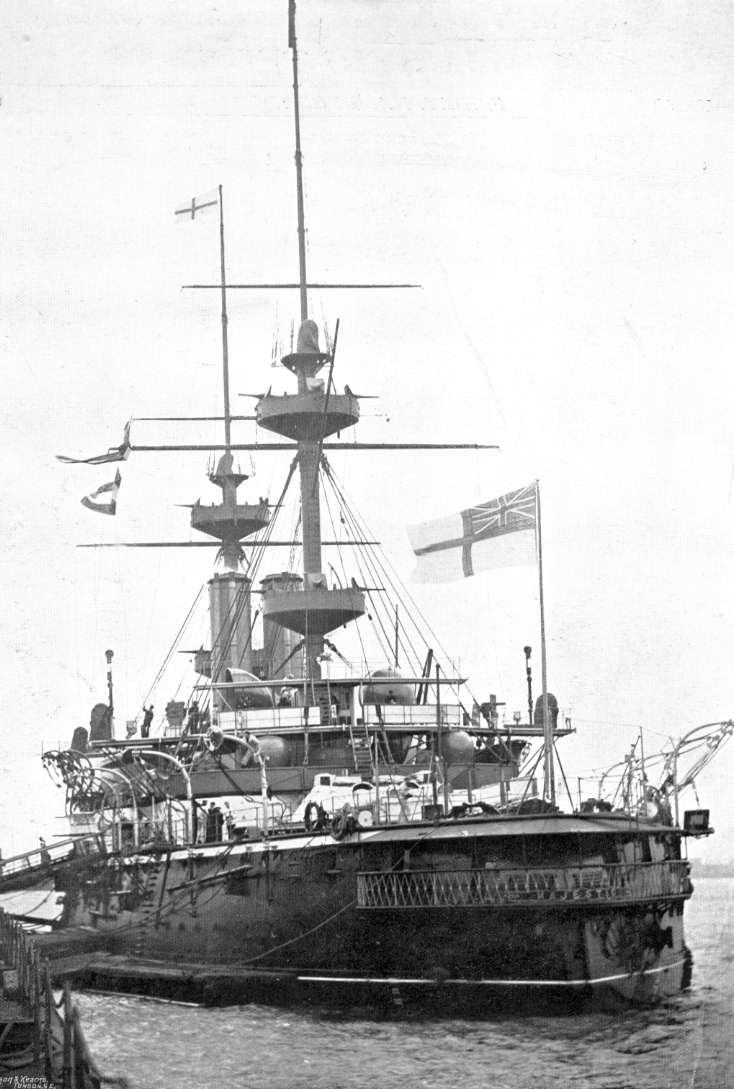
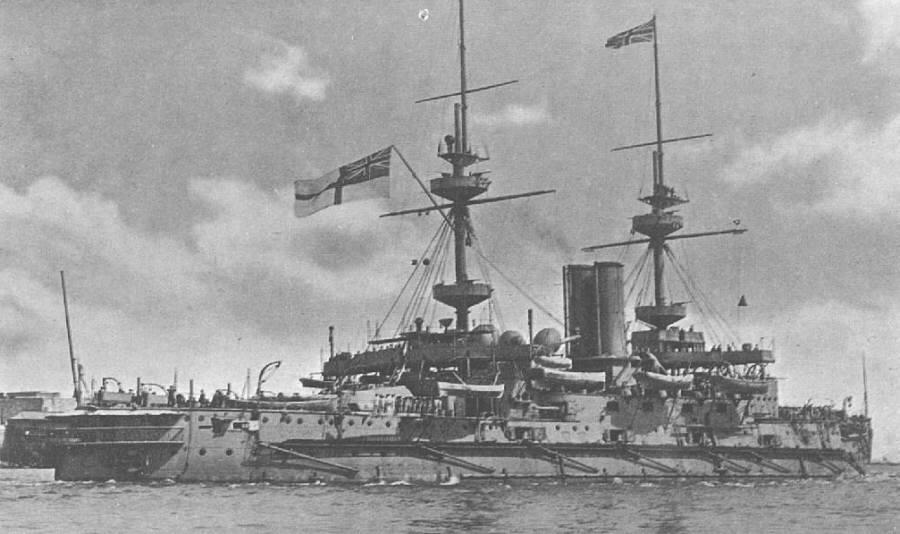
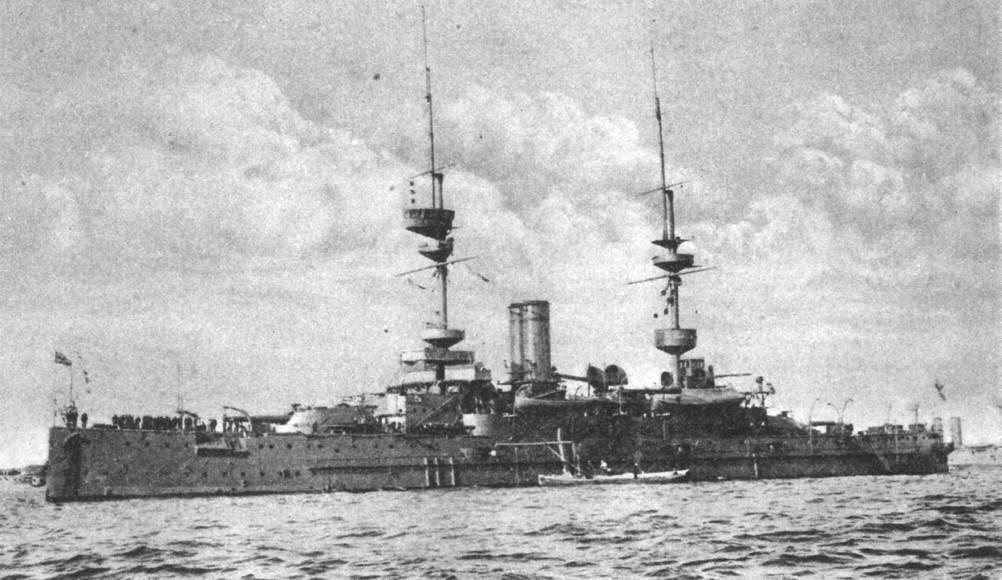


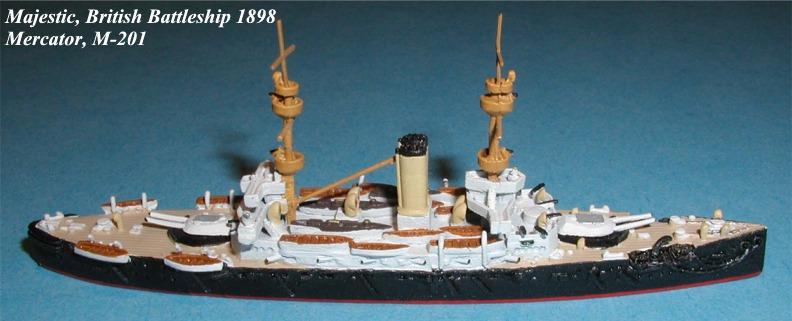
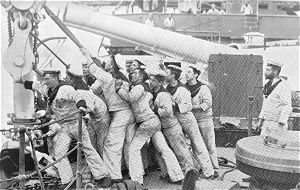
On the Forecastle of a Modern Battleship - Up Anchor!
The photograph shows the forecastle of HMS Majestic looking at the operation of making fast an anchor after it has been brought clear of the water- that is, bringing up the anchor from the hawse holes where the cable enters the ship, and "fishing" and securing it in its resting place on the ship's side. the actual operation that the group of bluejackets, seen in the photograph, are carrying out is the swinging out of the davit or derrick (called the Cat Head in olden times) to which the two bower anchors (one on each bow) were made fast and secured for sea or "catted".
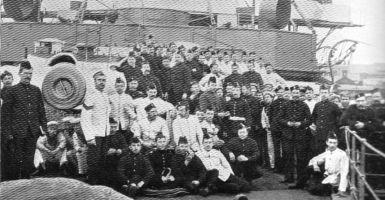
Some of the Marines on Board Majestic
The photograph shows some of the Royal Marines - both artillery and light infantry, as forage caps and Glengarries show - serving on the flagship of the Channel Squadron in 1896. There was plenty of scope on board ship for the Marines who took their share of all duties (except those aloft) side by side with the bluejackets. The Marines were sent to watches and messes like the sailors, and were quartered at certain of the heavy and quick-firing guns, under their own officers. They had their stations at general and fire quarters, and acted as small arm men with landing parties and took their turn as sentries.
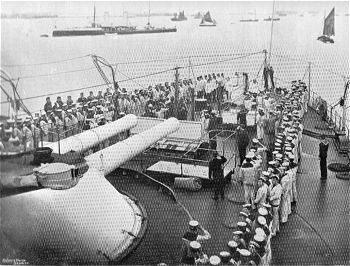
"God Save the Queen"
Hoisting the Colours on the Majestic Each morning, on board every commissioned battleship and cruiser in Her Majesty's Service the national colours of the British Fleet - the White Ensign flag, worn at the ensign staff (right at the stern of the vessel) - are ceremoniously hoisted under a general salute. In Home waters the ensign is hoisted regularly at eight o'clock in summer, and at 9 o'clock in winter, all present standing on deck in salute, according to the custom of the service, and the band of the ship (where there is one) playing the opening bars of God Save the Queen.
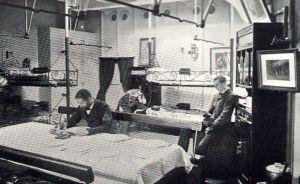
In the Sick Bay of the Majestic 1896
The sick bay accommodation on the Majestic was a special feature of the ship at the time. The sick bay in both the Majestic and Magnificent was a fine and roomy apartment, placed forward, with high walls fitted with cots raised above one another. The place was amply supplied with washstands and stoves to ensure the utmost comfort for the occupants under all conditions. The apartment was lighted with electricity and was well ventilated for that era. They also tried to make the sick bay cheerful by hanging pictures as can be seen from the photograph above.
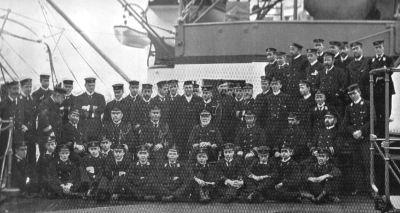
Lord Walter Kerr and His Officers on board Majestic 1896
Lord Walter Kerr (Vice-Admiral commanding the Channel Squadron at this time) is shown with the other officers of the on the quarter-deck of his then flagship, Majestic. The Majestic and the sister ships of her class carried by Admiralty regulation a company of 757 officers and men of all ranks and ratings; a force equal in numbers to the average strength of a battalion or regiment of the British Army in 1896. This total was exceeded when the vessel was used as a flagship, for over and above the regulation company required to man, work and fight the ship, there was also the Admiral himself together with his entourage and official staff - flag-lieutenant, secretary, clerks, and assistant clerks.
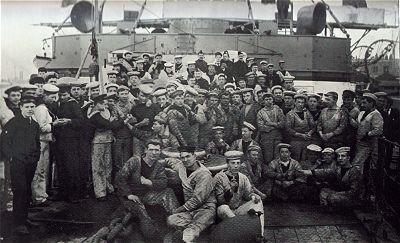
Engine Room Ratings on Board the Majestic in 1896
The engine room staff of artificers and stokers on board a big first-class battleship such as the Majestic in 1896 could number upwards of 140 odd men - the total ship's company numbering between 750 and 760. It took from one year to two years in battleship to train a stoker thoroughly, the recruits in the first place joining the Navy about the age of 18, at one or other of the Naval ports. There they were attached to the Naval depot and received preliminary instruction in their duties, also going through a course of small arm drill before being embarked for service afloat. The engine room ratings aboard the Majestic were under the immediate control of the Engineer officers of the ship, who comprised one Fleet Engineer, two Engineers, and 4 Assistant Engineers.
GERİ